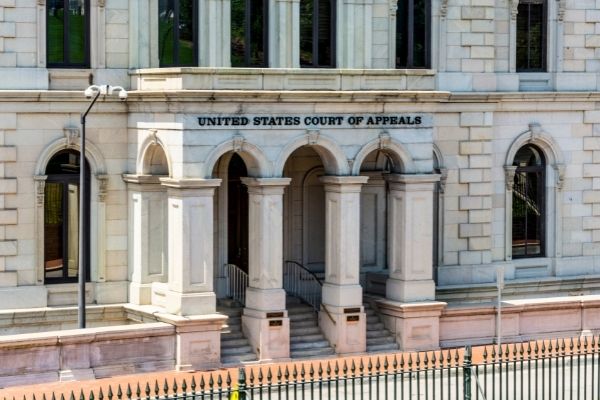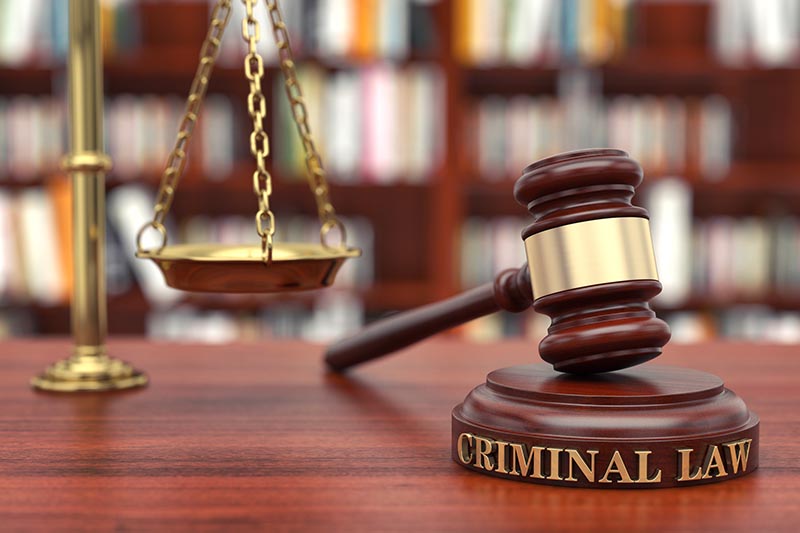Top Federal Appeal Lawyers: Professional Legal Advice for Your Federal Appeal
Top Federal Appeal Lawyers: Professional Legal Advice for Your Federal Appeal
Blog Article
Demystifying the Process of Federal Appeals: What You Need to Know
Navigating the intricate realm of federal appeals can frequently appear like traversing undiscovered waters for those not familiar with the process. Recognizing the nuances of appellate court territory, the intricacies of submitting a notification of charm, providing an engaging short, and making a convincing oral argument are vital components that can significantly impact the end result of an instance. By untangling the layers of intricacy bordering federal appeals, individuals can obtain a more clear understanding into the mechanisms that regulate this important stage of the lawful system.
Comprehending Federal Appeals Process
Exploring the elaborate realm of the government charms process unveils a methodical and structured trip with the judicial system - federal appeals lawyers in Idhao. Federal appeals function as an essential device for reviewing choices made by reduced courts. Comprehending this procedure is important for any individual associated with legal process at the federal level
The procedure generally starts with an event dissatisfied with a lower court's judgment submitting a notice of charm. This triggers a testimonial by a higher court, where a panel of courts assesses the legal debates presented by both celebrations. Briefs outlining the legal thinking behind each event's position are submitted, and dental debates might be heard to clarify complicated problems.
The appellate court's choice is based on an extensive assessment of the reduced court's process and the arguments presented. The judges do not focus but reexamine truths on whether legal errors happened that influenced the lower court's decision. Once the appellate court reaches a decision, it can verify, reverse, remand, or customize the lower court's ruling, supplying quality and finality to the lawful disagreement. Recognizing this procedure is essential for browsing the intricacies of government allures properly.
Appellate Court Territory Explained

Appellate courts have jurisdiction over particular sorts of situations, commonly those involving legal errors, procedural issues, or concerns of legislation rather than accurate conflicts. The territory of appellate courts is normally laid out in laws and regulations that control the court system. Recognizing appellate court territory is crucial for parties involved in the appeals process as it determines whether a case is eligible for testimonial and the level to which the appellate court can interfere in the reduced court's choice.
Filing a Notification of Appeal
The first step in starting the government allures process entails submitting a Notification of Allure with the ideal appellate court. federal rico appeal lawyers. This critical paper formally informs the court and the other events associated with the instance that the appealing celebration plans to seek a testimonial of the lower court's choice. Filing a Notification of Appeal is a rigorous procedural demand that sets the appellate process moving
When preparing the Notice of Allure, it is vital to make certain compliance with the details guidelines and standards of the relevant appellate court. The paper must usually consist of information such as the situation name, the reduced court's name, the day of the judgment being appealed, and a concise declaration showing the premises for the appeal.
When filing a Notification of Appeal,Timeliness is of the essence. Missing out on the due date for sending this record can result in the charm being disregarded, underscoring the significance of timely and exact initiation of the charms procedure. It is suggested to look for legal assistance to navigate the intricacies of submitting a Notification of Appeal effectively.
Rundown and Oral Disagreement
In the appellate procedure, offering written briefs and participating in oral arguments play essential functions in supporting for the appealing event's placement prior to the appellate court. Briefs are comprehensive legal documents that describe the celebrations' disagreements, legal authorities, and analysis supporting their settings. These composed submissions supply the court with an in-depth understanding of the realities of the instance, the pertinent legislation, and why the appealing find more celebration thinks the lower court's decision ought to be reversed.
Complying with the submission and evaluation of the briefs, dental debates provide the parties an opportunity to further clarify their positions, address any questions the appellate judges may have, and emphasize bottom lines from their composed briefs. Oral arguments are a chance for the lawyers to encourage the judges through verbal campaigning for and feedbacks to questions from the bench.

Receiving the Appellate Court Choice

Final Thought
Understanding the appellate court jurisdiction, submitting a notification of appeal, preparing briefs, and presenting dental arguments are all crucial components of this procedure. Eventually, receiving the appellate court choice can offer clarity and resolution to lawful disputes.
As we progress from comprehending the government allures procedure to studying the intricacies of appellate court jurisdiction, a basic aspect comes to light concerning the authority and restrictions of these higher courts in the legal landscape. Appellate court territory refers to the extent of cases that a specific appellate court has the power to choose and examine upon. Unlike test courts that hear cases for the very first time, appellate courts are restricted to reviewing decisions made by reduced courts. Recognizing appellate court territory is essential for celebrations entailed in the allures procedure as it determines whether a situation is eligible for evaluation and the degree to which the appellate court can interfere in the reduced court's choice.
Whether the appellate court attests, reverses, or remands the lower court's decision, understanding the implications of the ruling is important for all events entailed in the appellate procedure.
Report this page